BBC Castaway island owners seek new partnership to develop wildlife and eco-tourism restoration project
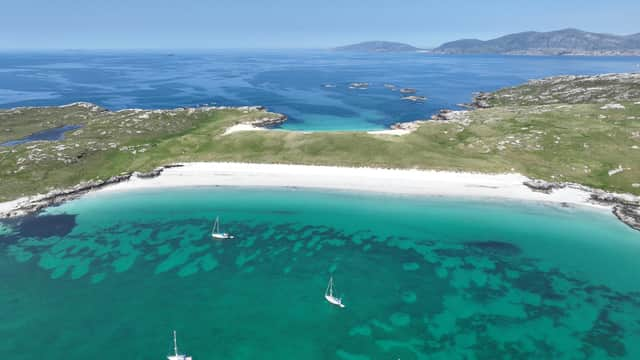

The family who own the Scottish uninhabited island known for hosting the BBC-hit show Castaway are seeking a new partnership to help them develop the islet into a thriving wildlife and eco-tourism spot.
Adam and Cathra Kelliher bought Taransay from previous owners Angus and Norman MacKay, brothers from Harris, in 2011 for more than £2m.
Advertisement
Hide AdAdvertisement
Hide AdBen Fogle, who took part in the TV show in the early 2000s, also bid to purchase the windswept island that made him a star, but narrowly missed out.
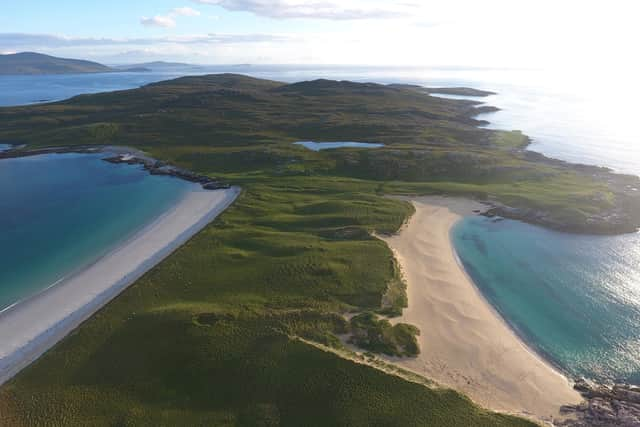

Over the last decade or so, the Kelliher’s have gradually overseen the removal of sheep from the island and had multiple visits from experts to advise them on the island’s ecology, wildlife and planting of native trees.
They have also been testing a new eco-tourism venture with day trips to the island.
But now, the couple want to expand their ideas with the support of new expertise in a partnership that will help them to not only restore Taransay’s biodiversity and social history, but also make it somewhere for visitors to enjoy while leaving a light carbon footprint in years to come.
"This project is bigger than the island, it’s bigger than us,” said Mrs Kelliher, who confirmed the pair have been funding the ongoing restoration works themselves to date.
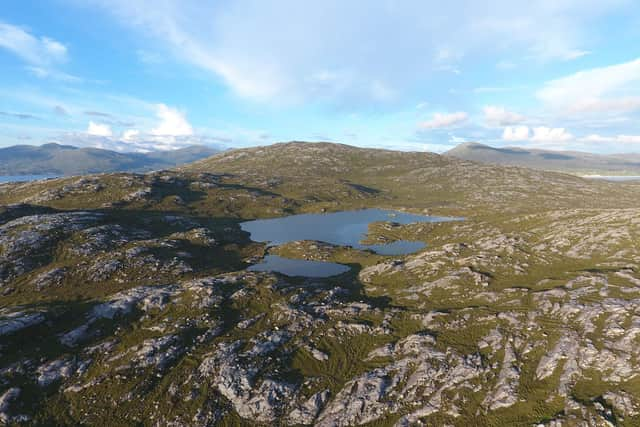

But she was quick to add: “We are not rewildling it, though.
"There are areas we want to restore Taransay’s wilderness, but we also want it to be somewhere for people to visit and enjoy.
"There is so much history here, in every corner of the island, and we want to share that.”
Advertisement
Hide AdAdvertisement
Hide AdMrs Kelliher added: “We have ghosts on the island. Really, we do.”
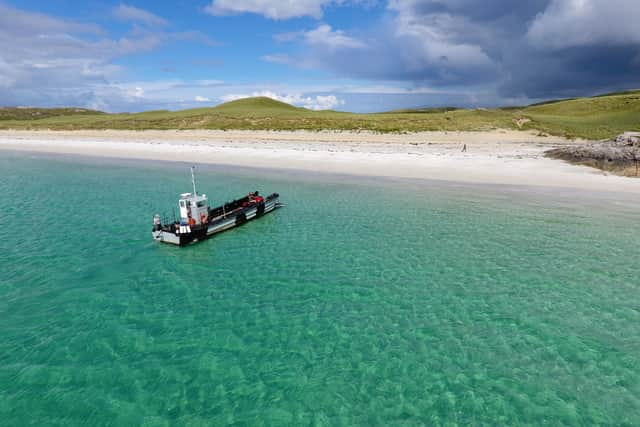

Measuring about 1,395 hectares and encompassing 21.5 miles of spectacular coastline, Taransay, which is now home to two pairs of sea eagles and one pair of golden eagles, is effectively two separate islands, dramatically joined by an isthmus lined, on either side, by fine white sand beaches.
The islet, said to be Britain’s largest inhabited island, was lived on as early as 300AD and at that time, comprised three villages - Uidh, Raa and Paible, the latter being the largest settlement on the island.
The Vikings took over in 900AD following their invasion of Scotland, with evidence that this is where the name Taransay derived from, being an Old Norse translation of ‘the Isle of Taran’. While the last inhabitants of Taransay left in 1974, their historical remnants and presence are prevalent across the island, from the remains of their black houses above the beach at Paible to the ruins of the iron age crannog in the middle of the uppermost loch.
In terms of what sort of partnership, the couple said they are staying open minded.
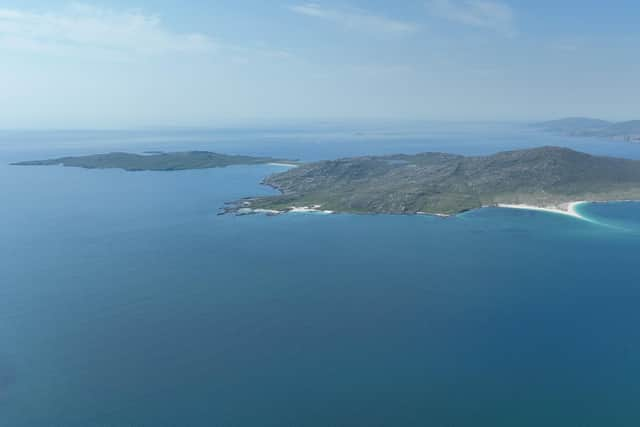

"It could be just one or several partners, corporate or family, the main thing is they share our vision for the island in a social and ecological sense.”
The Kellihers own Borve Lodge, on Harris, which was previously owner by Cathra’s father, David Horrobin.
Mr Kelliher said: “Harris feels like New York when you’re on Taransay, it’s really a bewitching place.”
Advertisement
Hide AdAdvertisement
Hide AdThe couple said they hope any developments on the island will lead to more tourism opportunities for communities in the Outer Hebrides and, depending on how the project goes, act as a model for future eco-tourism and wildlife restoration projects in Scotland.
Those interested in a potential partnership can contact the Kelliher’s through Savills.
Comments
Want to join the conversation? Please or to comment on this article.